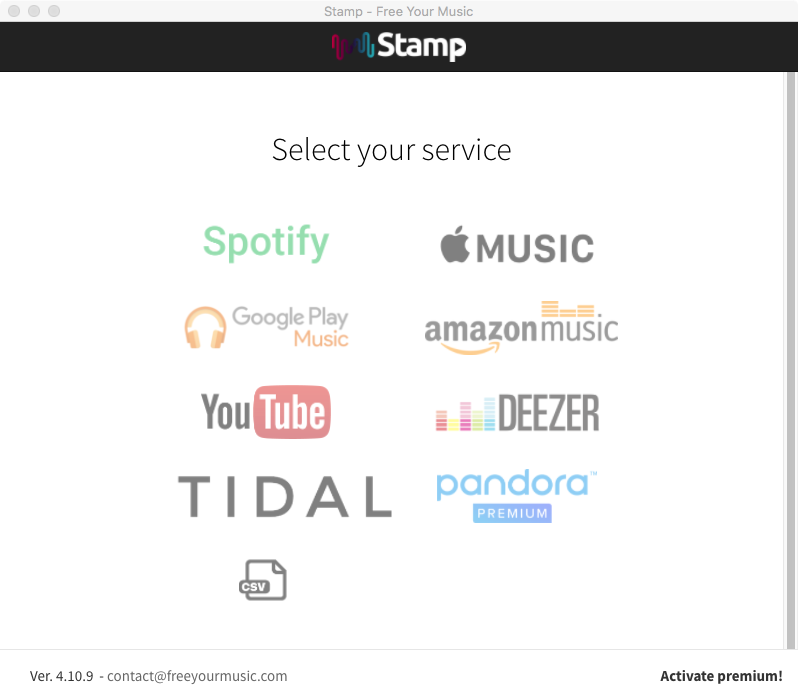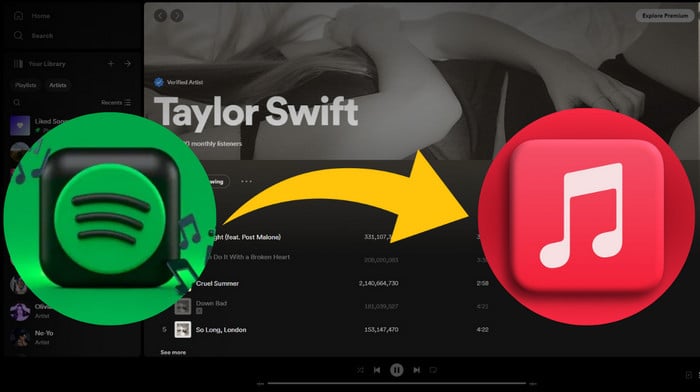


After the initial transfer, it may take a little bit of time for these songs to be synced to an iPhone or iPad. It only takes around ten or so minutes with the app open to move a few thousand songs over to Apple Music where they can easily be downloaded and stored offline. SongShift advertises faster transfer speeds with the paid version, although the regular speeds work just fine. While the user will need to create multiple tasks in a queue, it only takes a few minutes to set up. There is a free version of SongShift as well as a paid version, but the free version is likely to be fine for many. SongShift will then have Apple Music add all of these songs to the library, where they can be enjoyed in their lossless and spatial audio forms. After that, users can choose to add another task to the queue or finish up. If the user decides a different destination is better, they can click the little edit pencil to switch the destination to another connected streaming service.

Once identified, SongShift will automatically set Apple Music as the destination, providing Spotify and Apple Music are the only two accounts connected. Users can pick out a specific playlist or album to transfer. Hit continue and then select what exactly needs to be transferred. Then choose the source service, which in this case would be Spotify. For instance, SongShift needs to know if it's looking for an album, playlist, or song. First, select what form of media is to be moved. After connecting the accounts, it's only a matter of setting up a queue of actions. Users can download the app and connect both a Spotify and Apple Music account. Fortunately, an iOS app called SongShift makes that extremely easy. Related: Apple Music Dark Mode: How To Enable On iPhone, Mac, And AndroidĪfter deciding to leave Spotify, there is the task of moving every song and playlist over to the new service.


 0 kommentar(er)
0 kommentar(er)
